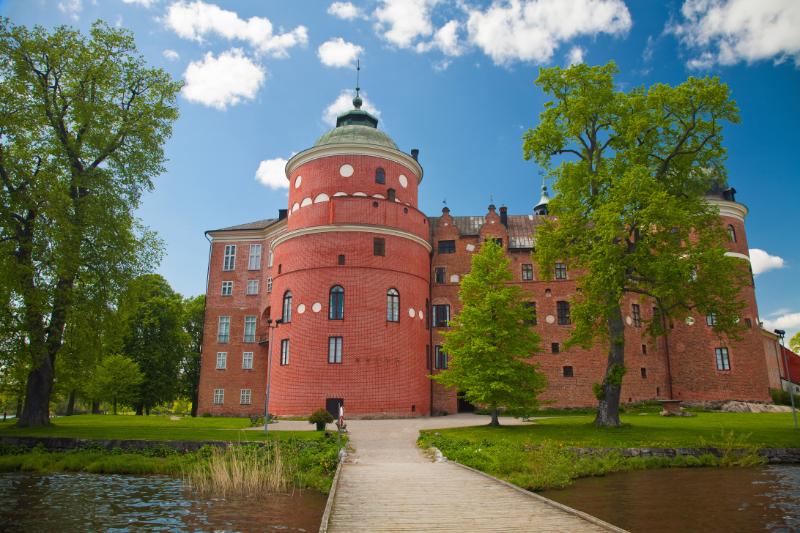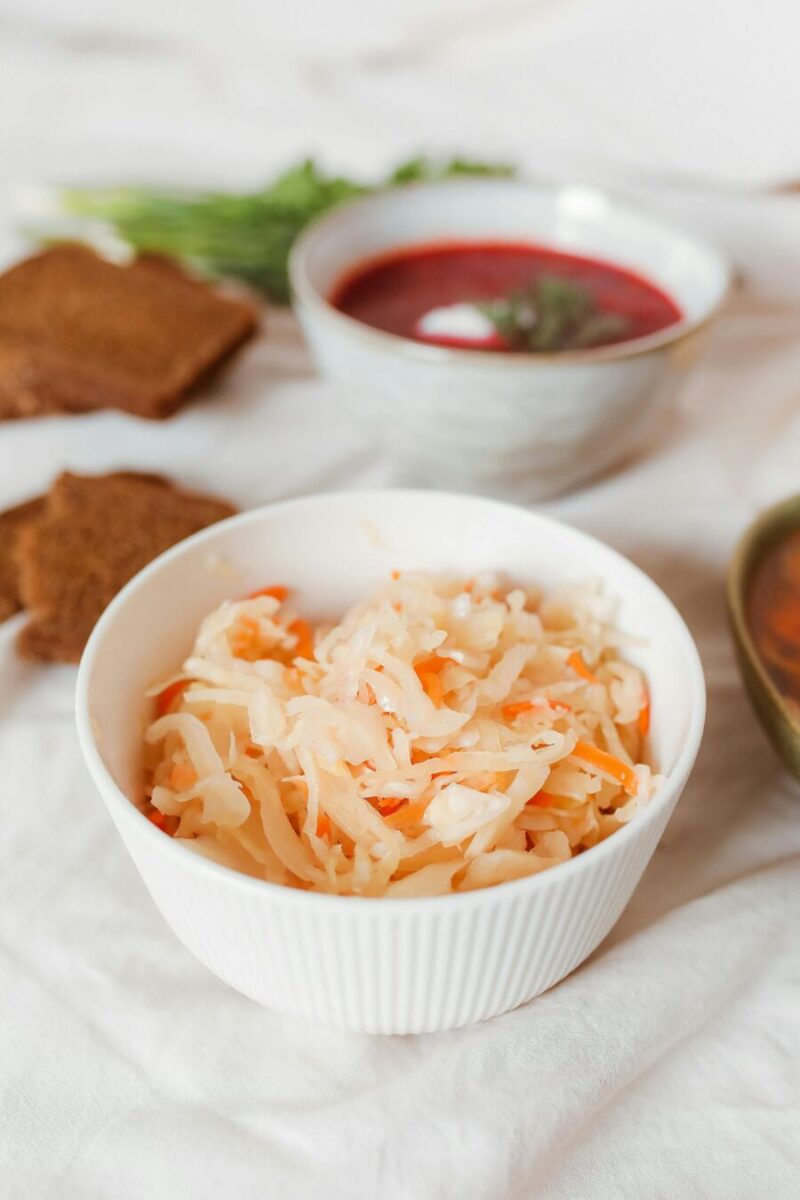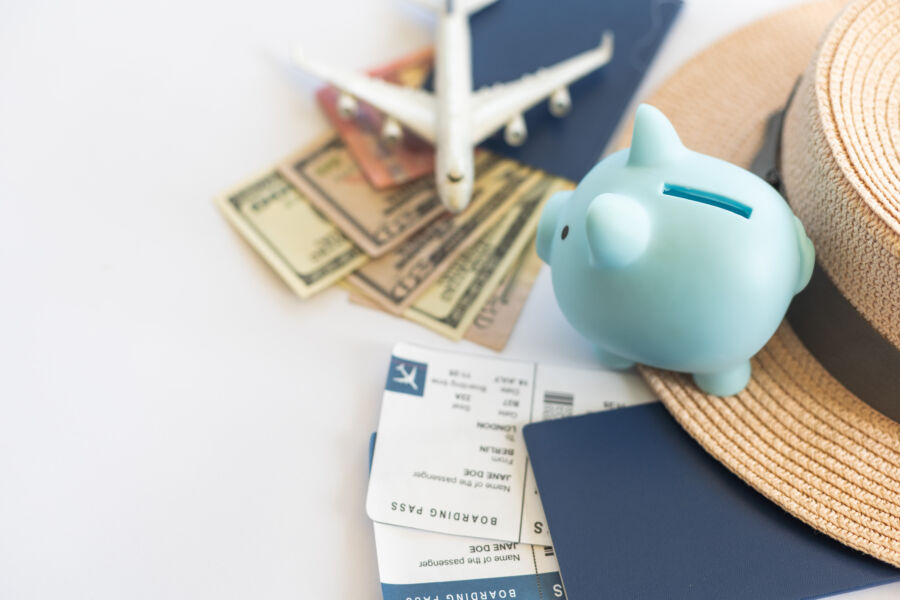
Sweden Trip Cost: Affordable 7-Day Adventure Under $1000
Dreaming of exploring Sweden’s stunning landscapes and vibrant cities? You’re not alone! But before you pack your bags, let’s talk about the elephant in the room – how much will this adventure cost you? Two people typically spend around $2,215 on a week-long trip to Sweden. This includes accommodation, food, local transportation, and sightseeing.
Sweden’s reputation as an expensive destination might make you hesitate, but don’t let that stop you from experiencing its unique charm. From the medieval streets of Stockholm to the Northern Lights dancing over Lapland, Sweden offers unforgettable experiences for every budget.
Whether you’re a budget backpacker or looking for a touch of luxury, we’ll break down the costs and show you how to make the most of your Swedish adventure. Get ready to discover how you can enjoy fika (coffee breaks), meatballs, and mesmerizing nature without breaking the bank.
Contents
- Key Takeaways
- Planning Your Itinerary
- Determining Trip Duration
- Key Destinations and Attractions
- Seasonal Considerations
- Accommodation Options
- Hotels and Hostels
- Specialty and Unique Accommodations
- Transportation Costs
- Local and Public Transport
- Transport Passes and Rental Options
- Food and Dining
- Eating on a Budget
- Fine Dining and Swedish Cuisine
- Budgeting for Activities
- Currency and Managing Expenses
- Understanding the Swedish Krona
- Tracking and Reducing Costs
- Travel Tips for Sweden
- More Travel Guides
Key Takeaways
- A week in Sweden costs about $1,100 for one person or $2,200 for two
- Accommodation ranges from $50 to $300 per night depending on your style
- Save money by using public transport and enjoying free outdoor activities
Planning Your Itinerary
Sweden offers amazing sights and experiences, from vibrant cities to stunning nature. Your trip length, key spots to visit, and the season you travel will shape your adventure. Let’s look at how to plan an awesome Swedish journey.
Determining Trip Duration
A week in Sweden gives you a nice taste of the country. You can explore Stockholm for 3-4 days, then head to Gothenburg or up north. With two weeks, you’ll have time to see more cities and natural wonders.
For a month-long stay, you can really dig into Swedish culture. You’ll be able to visit smaller towns, relax in nature, and maybe learn some Swedish.
Remember, travel times between cities can be long. A train from Stockholm to Gothenburg takes about 3 hours. Plan for these journeys in your schedule.
Key Destinations and Attractions

Stockholm is a must-see. The old town, Gamla Stan, is super charming. Don’t miss the Vasa Museum – it’s got a huge old ship inside!
Gothenburg is great for foodies and has cool canals. Up north, the Ice Hotel is a unique place to stay. It’s rebuilt every winter!
For nature lovers, try hiking in the mountains or kayaking in the archipelago. The Northern Lights are amazing if you go far north in winter.
Mix big attractions with local spots. Try fika (coffee break) at a cozy café or visit a traditional Christmas market in December.
Seasonal Considerations
Summer (June-August) is peak tourist time. It’s warm and the days are super long. Perfect for outdoor activities! But prices are higher and places can be crowded.
Winter (December-February) can be magical. You might see the Northern Lights and enjoy winter sports. But it’s cold and dark, with short days.
Spring and fall are less busy. You’ll find lower prices and fewer tourists. The weather can be unpredictable, so pack layers.
Consider events too. Midsummer in June is a big deal in Sweden. Christmas markets in December are lovely. Check local calendars for festivals that match your interests.
Accommodation Options

Sweden offers a range of places to stay that fit different budgets and tastes. You’ll find options from basic hostels to luxury hotels and unique spots.
Hotels and Hostels
Hotels in Sweden can be pricey, but you’ll find good value if you look around. In Stockholm, expect to pay about $100-200 per night for a decent mid-range hotel. Hostels are a cheaper choice, with dorm beds starting at $25-40 per night. Many hostels have private rooms too, which cost less than hotels but give you more privacy.
Booking.com is a good place to compare prices and find deals. Remember, prices go up in summer and during big events. Booking early can save you money.
Small towns and rural areas often have cheaper hotels. You might pay half what you would in Stockholm. Consider staying outside city centers to cut costs.
Specialty and Unique Accommodations
Want something different? Sweden’s got cool options. The famous ICEHOTEL in Jukkasjärvi lets you sleep in a room made of ice. It’s pricey at $300+ per night, but it’s a once-in-a-lifetime experience.
For nature lovers, there are lakeside cabins and forest retreats. These can be surprisingly affordable, often under $100 per night. They’re great for seeing Sweden’s beautiful outdoors.
Vacation rentals are another good option. You can rent a whole apartment or house, often for less than a hotel room. This is great for groups or if you want to cook your own meals to save money.
Transportation Costs

Getting around Sweden can be pricey, but there are ways to save. Public transport is efficient in cities, while rental cars offer flexibility for exploring rural areas. Let’s break down your options and costs.
Local and Public Transport
Sweden’s public transportation system is top-notch. In Stockholm, a single ride on buses, trains, or metros costs about 39 SEK ($3.75). You can buy tickets at kiosks or use the SL app. Taxis are expensive – a short trip might set you back 300 SEK ($29).
Smaller cities like Gothenburg and Malmö have similar systems. Prices vary but expect to pay around 30 SEK ($2.90) for a single journey. Buses are the main option in rural areas, with tickets costing 20-50 SEK ($1.90-$4.80) depending on distance.
Transport Passes and Rental Options
For longer stays, transport passes can save you money. In Stockholm, a 7-day pass costs 430 SEK ($41), giving unlimited rides on public transport. Similar passes exist in other cities.
Renting a car gives you freedom to explore. Prices start around 400 SEK ($38) per day for a small car. Remember, gas is pricey at about 19 SEK ($1.80) per liter. You can compare car rental deals from various companies to find the best rates.
Bikes are popular in cities. Many have bike-sharing programs, costing about 250 SEK ($24) for a 3-day pass. It’s a fun, cheap way to see the sights and blend in with locals.
Food and Dining

Eating in Sweden can be a delicious adventure, but it’s important to plan your meals wisely to stick to your budget. You’ll find a range of options from affordable street food to high-end restaurants serving traditional Swedish cuisine.
Eating on a Budget
You don’t have to break the bank to enjoy good food in Sweden. Many cafes offer reasonably priced lunch specials called “dagens rätt” for around 80-120 SEK ($8-12). These usually include a main dish, salad, bread, and coffee. Supermarkets are your friends too – grab some bread, cheese, and cold cuts for a cheap picnic. Food halls like Östermalms Saluhall in Stockholm have tasty options at fair prices.
Street food is another budget-friendly choice. Try a classic Swedish hot dog (varmkorv) from a street vendor for about 30 SEK ($3). Fast food chains are common and offer familiar meals at prices similar to other European countries. Don’t forget to check out university areas for student-friendly eateries with wallet-friendly prices.
Fine Dining and Swedish Cuisine
For a taste of authentic Swedish cuisine, you might want to splurge a bit. A meal at a mid-range restaurant typically costs around 200-300 SEK ($20-30) per person. Fine dining experiences can set you back 500-1000 SEK ($50-100) or more per person, especially in bigger cities like Stockholm or Gothenburg.
Must-try Swedish dishes include meatballs (köttbullar) with lingonberry jam, gravlax (cured salmon), and herring prepared in various ways. For a unique experience, book a traditional Swedish smörgåsbord – a buffet-style meal with a wide variety of hot and cold dishes. These usually cost 350-600 SEK ($35-60) per person.
Remember to factor in the cost of drinks. A beer at a restaurant might cost 60-80 SEK ($6-8), while a glass of wine can be 80-120 SEK ($8-12). Tap water is free and safe to drink, so don’t hesitate to ask for it to save some money.
Budgeting for Activities

Planning your Swedish adventure? Let’s talk about the fun stuff – activities! Sweden’s got loads to offer, from stunning nature to cool city vibes. But how much should you set aside?
For nature lovers, you’re in luck. Many of Sweden’s best attractions are free! You can hike through national parks, swim in crystal-clear lakes, or just soak up the scenery without spending a krona.
City explorers, prepare to open your wallet a bit more. Museum entry fees usually run 100-150 SEK ($10-15). Want to book things to do in advance? That’s smart thinking. Guided tours can cost 200-500 SEK ($20-50) depending on length and type.
Don’t forget about Sweden’s quirky attractions:
- ABBA Museum: 250 SEK ($25)
- Ice Hotel visit: 350 SEK ($35)
- Vasa Museum: 170 SEK ($17)
Pro tip: Look for combo tickets or city passes to save some cash. Stockholm Card, for example, gives you access to 60+ attractions for a fixed price.
Remember, prices can change with seasons. Summer tends to be pricier, while winter offers some cool (literally) budget-friendly options like northern lights tours.
Currency and Managing Expenses

Sweden uses the Swedish krona as its currency. Keeping track of your spending and finding ways to save money can help make your trip more affordable.
Understanding the Swedish Krona
The Swedish krona (SEK) is the official money in Sweden. As of December 2024, 1 US dollar equals about 10 Swedish kronor. Most places in Sweden take credit cards, but it’s good to have some cash too. You can get kronor at ATMs or exchange places.
Banks usually give better rates than airport kiosks. Try to avoid changing money at hotels or touristy spots – they often have worse rates. It’s smart to check the exchange rate before you go so you know what to expect.
Tracking and Reducing Costs
To keep your Sweden trip costs in check, write down what you spend each day. Apps like Wise can help you track expenses and convert currencies easily. Look for free activities like walking tours or museums with no entry fee.
Eating out for every meal gets pricey fast. Try grocery stores for cheap, tasty Swedish foods. Public transit is often cheaper than taxis. If you’re staying a while, weekly transit passes can save you money.
Booking things ahead of time, like hotels and tours, usually costs less. Keep an eye out for student and senior discounts if they apply to you. With some planning, you can enjoy Sweden without breaking the bank!
Travel Tips for Sweden

Pack smart for Sweden’s changeable weather. Bring layers and a waterproof jacket, even in summer. Don’t forget comfy walking shoes – you’ll do lots of exploring on foot.
Save money by staying at hostels or camping. Book accommodations early, especially in peak season. Consider renting an apartment if you’re staying longer.
Get around cheaply with public transit. Buy a travel card for unlimited rides in cities. For longer trips, book trains or buses in advance for the best deals.
Eat like a local to save cash. Try budget-friendly options like food halls and street markets. Pick up picnic supplies at supermarkets.
Take advantage of free activities. Many museums have free days or hours. Enjoy Sweden’s beautiful nature with free hiking and beach access.
Learn a few Swedish phrases. Locals appreciate the effort, even if most speak English. “Tack” (thank you) goes a long way.
Be prepared for high prices. Budget extra for food and drinks. Look for “dagens lunch” specials at restaurants for cheaper midday meals.
Try fika, the Swedish coffee break tradition. It’s a great way to experience local culture without spending much.
Remember to tip. While not required, rounding up the bill or leaving 5-10% for good service is common.



